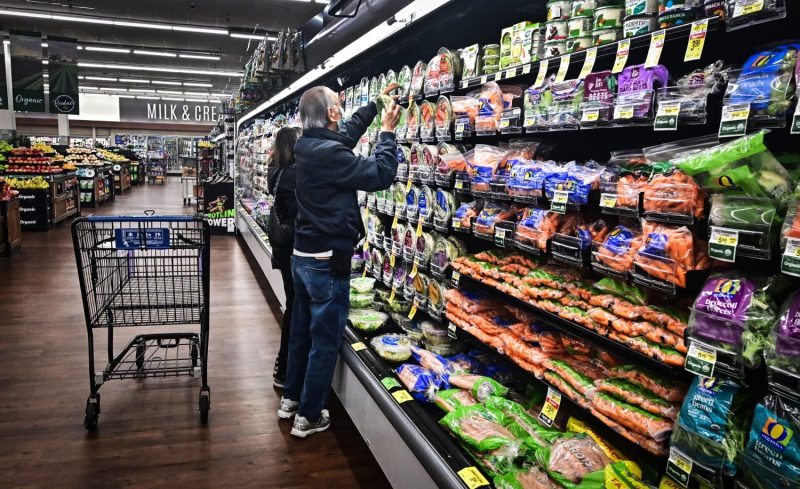The global economy in recent years has witnessed a significant surge in the prices of groceries, leaving consumers grappling with increasing costs on essential food items. Several factors contribute to the rising costs, which may seem daunting at first glance but can be better understood with a closer examination of the underlying reasons.
One of the primary reasons for the escalating prices of groceries is the impact of inflation on the overall cost of production and distribution. Inflation, which refers to the general increase in prices of goods and services over time, affects various aspects of the supply chain, including raw materials, transportation, labor, and energy costs. As businesses face higher expenses in these areas, they often pass on the added costs to consumers through higher retail prices.
Another factor contributing to the rising grocery prices is the impact of climate change on agriculture and food production. With unpredictable weather patterns, extreme events, and natural disasters becoming more frequent, the stability and productivity of agricultural systems are increasingly at risk. Droughts, floods, wildfires, and other climate-related challenges can disrupt crop yields, damage infrastructure, and impact food distribution networks, leading to shortages and price hikes.
Furthermore, the global pandemic has exacerbated supply chain disruptions, adding additional pressure on the cost of groceries. The COVID-19 crisis exposed vulnerabilities in the interconnected web of suppliers, manufacturers, distributors, and retailers, leading to bottlenecks, delays, and shortages in the food industry. Restrictions on movement, labor shortages, and health concerns have further strained the logistics of food production and distribution, resulting in higher prices for consumers.
In response to the challenges posed by rising grocery prices, consumers may explore various strategies to mitigate the impact on their budgets. One approach is to prioritize shopping for essentials and focus on cost-effective meal planning to make the most of available resources. By diversifying their food choices, exploring seasonal produce, and opting for store brands or generic alternatives, consumers can stretch their grocery dollars and reduce the impact of price hikes.
Additionally, consumers can leverage technology and online platforms to compare prices, find discounts, and source deals on grocery items. Price comparison websites, digital coupons, and loyalty programs offer opportunities for savvy shoppers to optimize their spending and make informed choices when purchasing food products. By staying informed about promotions, sales, and special offers, consumers can save money and make their grocery budget go further.
In conclusion, the reasons behind the rising costs of groceries are multifaceted, encompassing economic, environmental, and logistical factors that impact the entire food supply chain. While the challenges posed by expensive groceries may seem daunting, consumers have the agency to adapt their shopping habits, explore cost-saving strategies, and make informed purchasing decisions to navigate the current landscape of food inflation. By staying vigilant, resourceful, and proactive, consumers can weather the storm of rising grocery prices and strive for financial stability in an uncertain world.

